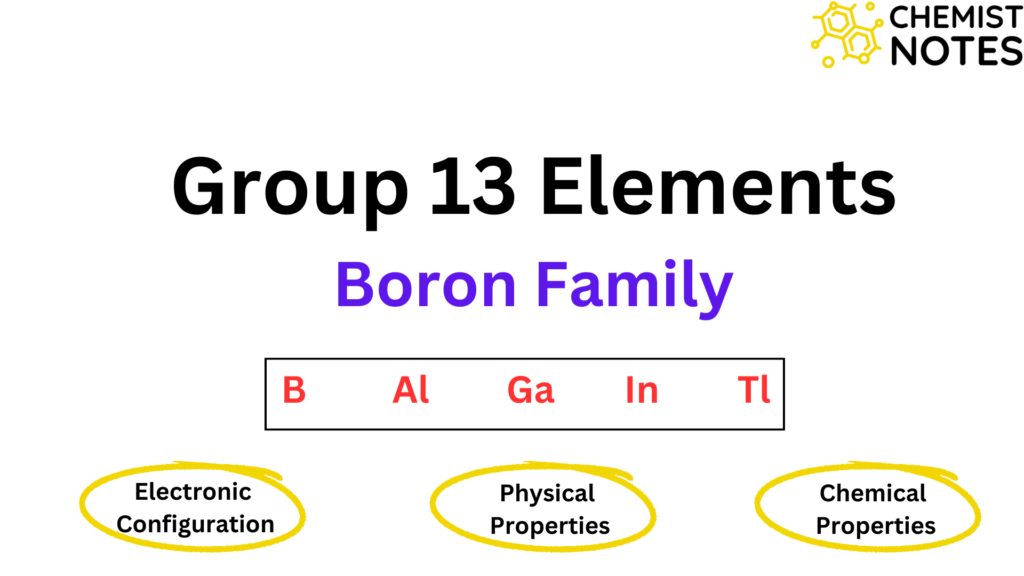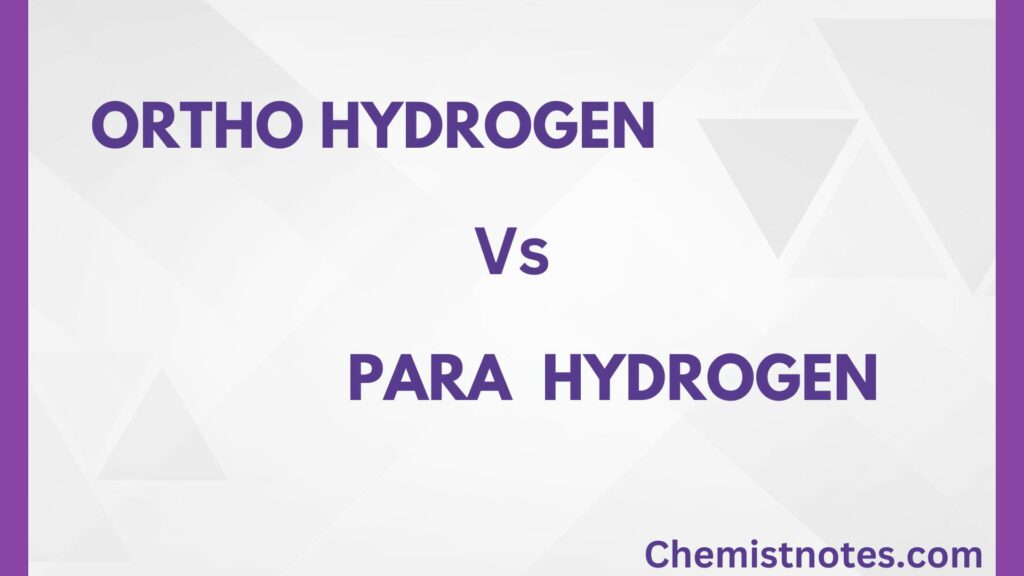Table of Contents
ToggleThe carbon cycle is a part of the biogeochemical cycle in which carbon in various form continually travel from the atmosphere to the earth and back to the atmosphere. Carbon is the seventeenth most abundant element in the earth’s crust, and totals about 2 × 1016 tonnes, most of this is in the form of coal, oil, and various carbonates (limestone and dolomite) which are immobilized. Carbon helps to maintain the Earth’s climate, allows all life to exist, is a crucial component of the food we eat, and is a major source of energy to power our global economy.
Carbon continually shifts from one location to another. It is stored on the earth’s surface and atmosphere and travels between them through a number of activities, including photosynthesis, the combustion of fossil fuels, and the simple release of air from the lungs. The carbon cycle refers to the flow of carbon from reservoir to reservoir.

Various Steps of the Carbon Cycle
- The major steps involved in the carbon cycle are described below:
- At first, plants absorbed carbon from the atmosphere in order to perform photosynthesis.
- Animals consume these plants, and carbon is bioaccumulated in their bodies.
- Then, these animals and plants die, and carbon is released back into the atmosphere as they decompose.
- Some of the carbon that is not released into the atmosphere gets converted into fossil fuels.
- These fossil fuels are used later for man-made activities that release more carbon into the atmosphere.
Carbon Cycle in Different Places
Photosynthesis by green plant parts and certain brown and blue algae removes around 360 billion tonnes of CO2 from the atmosphere each year or about 15%. The first product generated is glucose sugar. This might be employed for plant respiration and energy release, or it could be absorbed into plant cells. Animal cells may consume these. Eventually, the same quantity of CO2 is returned to the environment by plant or animal respiration, or death and putrefaction of plants or animals.
CO2 + H2O + energy → (CH2O)n +O2
(CH2O)n +O2 → CO2 + H2O
CO2 in the atmosphere is rapidly depleted, as are carbon compounds in living matter, CO2 dissolved in the seas, and, more slowly, carbonate minerals deposited on the sea bottom. Marine creatures convert carbon to calcium carbonate, which provides the basic elements needed to produce strong shells similar to those found in clams and oysters. When these organisms die, their shells forms limestone. When limestones are esposed to air, carbon relesed back to the atmosphere. CO2 levels in the atmosphere are roughly 0.046% by weight and 0.032% by volume. Though only a small percentage, CO2 is essential for life and amounts to 2500 billion tons (2500 × 109).
The combustion of fossil fuels, mostly coal, oil, and natural gas, as well as the burning of tropical rain forests, emits around 25 billion tonnes of CO2 into the atmosphere each year.
Importance of Carbon Cycle
The carbon cycle is critical to the survival of life on Earth. Nature has a tendency to maintain carbon levels in balance, which means that the quantity of carbon naturally released from the atmosphere equals the amount naturally absorbed by the earth’s surface. Maintaining this carbon balance ensures that the earth remains habitable for life. Scientists think that humans have thrown this balance off by burning fossil fuels, which have contributed more carbon to the atmosphere than normal, causing climate change and global warming.
Greenhouse Effect Due to CO2
The CO2 molecule absorbs strongly in the infrared region, and its presence in the atmosphere decreases the loss of heat from the earth by radiation. This global warming is called the ‘ greenhouse effect’. (Other gases, such as nitrogen oxides from automobile exhaust, Freons from aerosols and freezers, and methane from microorganisms in soil and cow rumen, also contribute to the greenhouse effect). The concentration of atmospheric CO2 has increased by 10% since 1959 and on the basis of measurements of CO2 from ice cores in some 25% higher than before the industrial revolution. This corresponds to about half the CO2 produced from burning fossil fuels, and most of the remainder has been absorbed by the oceans.
The higher temperature would lead to more evaporation of water, resulting in more heavy rain, flooding, and tropical cyclones in some parts of the planet. Part of the polar ice-caps would melt, causing enormous expanses of land to flood due to the thermal expansion of the sea.
Some Important Points of the Carbon Cycle
- Carbon is a necessary component of all life on Earth and is the foundation of all known life on Earth.
- In the carbon cycle, various forms of carbon move between the earth’s biosphere, geosphere, hydrosphere, and atmosphere.
- More CO2 in the atmosphere may enhance plant growth which will use it up. A whole forest can grow in 30 years.
- Large amounts of CO2 are dissolved in the sea, which should make the pH of the sea decrease, which might dissolve the calcareous shells of mollusks and other sea life, thus destroying them.
- An increase in CO2 in the surface waters could well lead to an increase in plankton-small marine plants, which use CO2 in photosynthesis.
Related video
FAQs
What is the carbon cycle?
The carbon cycle is a part of the biogeochemical cycle in which carbon in various form continually travel from the atmosphere to the earth and back to the atmosphere.
Why is the carbon cycle important?
The carbon cycle helps to balance and ensures that the earth remains habitable for life.
How does deforestation affect the carbon cycle?
After deforestation, the stored carbon of trees is released back into the atmosphere as carbon dioxide, which contributes to climate change.
How do humans affect the carbon cycle?
Changing land use, removing trees, burning trees, and using limestone to make concrete affect the carbon cycle.






